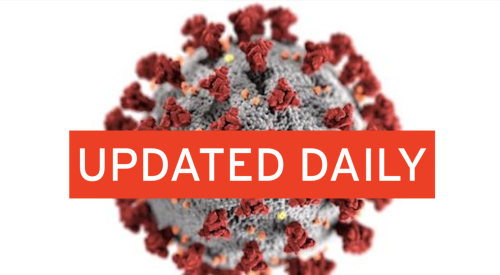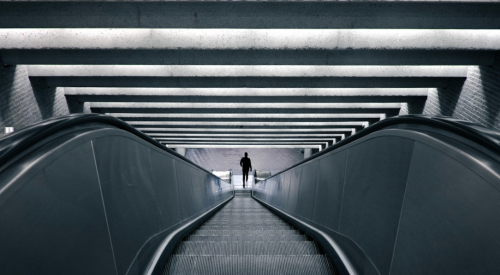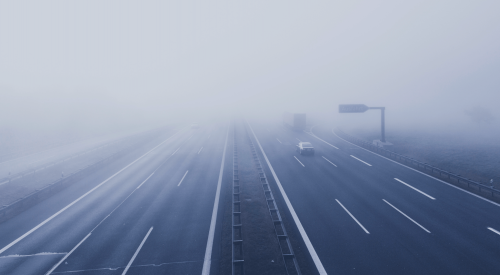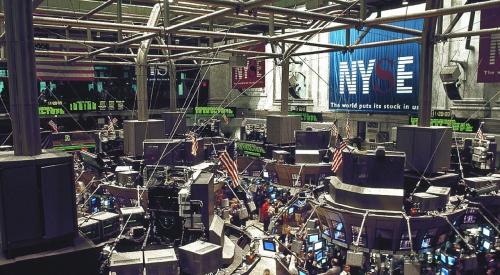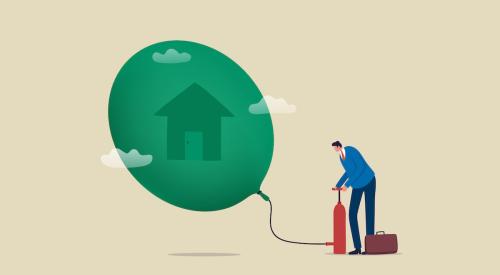As unemployment claims soar and home sales slow, those who were in business in the late 2000s are probably flashing back to the moment that they realized that the housing bubble had burst. But these five graphs by Keeping Current Matters serve as a reminder: This is not the Great Recession. Although the economy is taking a major hit right now, experts point to the different circumstances surrounding the housing market this time around. Housing inventory is low, houses are not overvalued, and mortgage standards are much tighter than the loose standards of 2006.
With all of the volatility in the stock market and uncertainty about the Coronavirus (COVID-19), some are concerned we may be headed for another housing crash like the one we experienced from 2006-2008. The feeling is understandable. Ali Wolf, Director of Economic Research at the real estate consulting firm Meyers Research, addressed this point in a recent interview:
“With people having PTSD from the last time, they’re still afraid of buying at the wrong time.”
There are many reasons, however, indicating this real estate market is nothing like 2008. Here are five visuals to show the dramatic differences.
1. Mortgage standards are nothing like they were back then.
During the housing bubble, it was difficult NOT to get a mortgage. Today, it is tough to qualify. The Mortgage Bankers’ Association releases a Mortgage Credit Availability Index which is “a summary measure which indicates the availability of mortgage credit at a point in time.” The higher the index, the easier it is to get a mortgage. As shown below, during the housing bubble, the index skyrocketed. Currently, the index shows how getting a mortgage is even more difficult than it was before the bubble.

